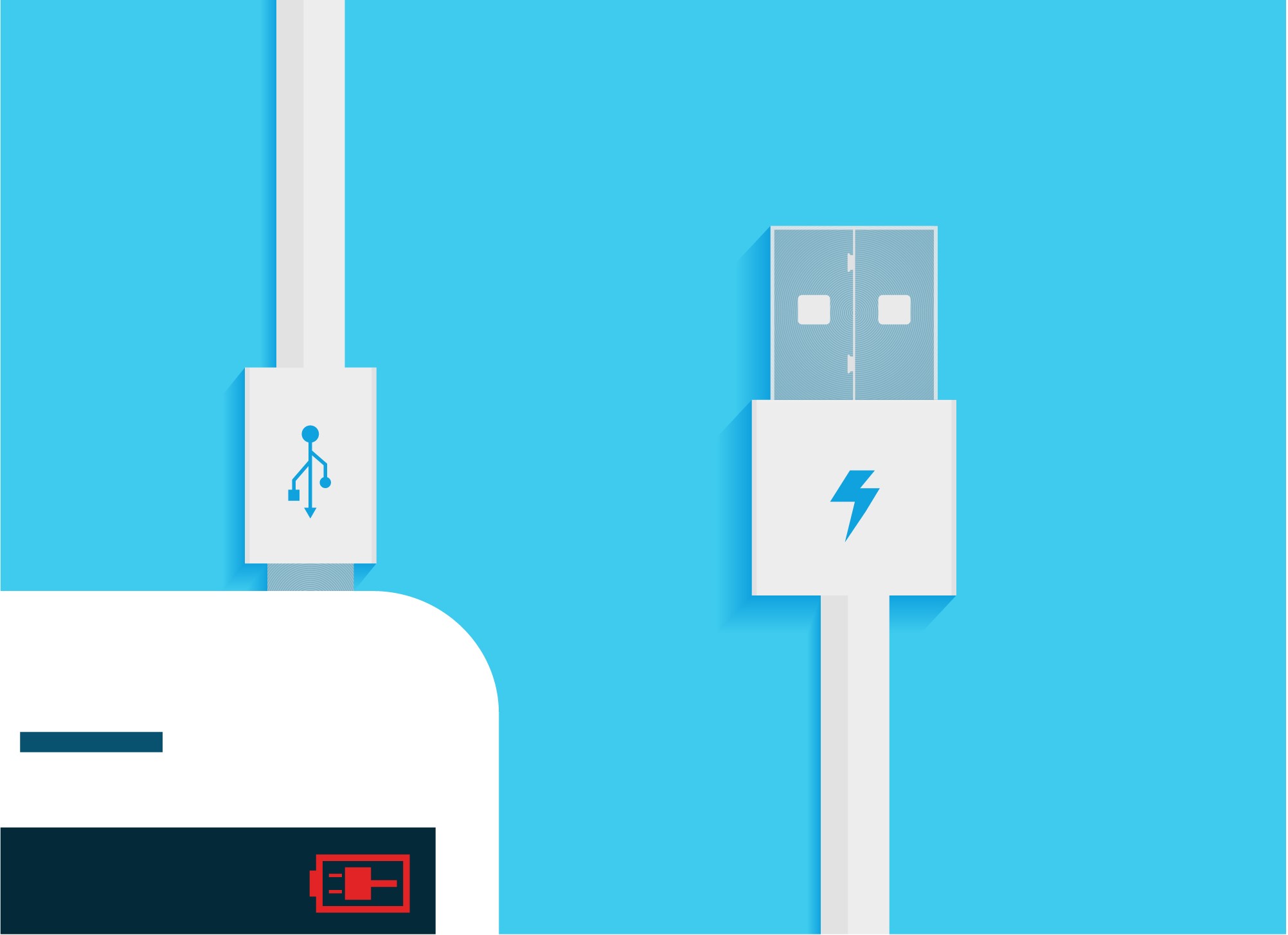USB naming scheme becomes even more confusing after latest rebrand
Slower 3.0 and 3.1 connections will now be called variations of ‘USB 3.2’


The USB Implementers Forum (USB-IF) has rebranded older USB standards to differing versions of ' USB 3.2' ahead of this latest iteration's release in 2019, although some believe the new naming scheme is overly confusing.
The upcoming 20 Gb/s USB 3.2 connection, which offers twice the speeds of the previous iteration, will be known as 'USB 3.2 Gen 2x2'. Its predecessor, 'USB 3.1' will be rebranded to 'USB 3.2 Gen 2', while 'USB 3.0', which ran at 5 Gb/s speeds, will be termed 'USB 3.2 Gen 1'.
USB- IF, a non-profit that supports the technology's development, is terming the newest version of the connection 'USB 3.2 Gen 2x2' because it allows for up to two lanes of 10 Gb/s operation. The previous connection, now known as 'USB 3.2 Gen 2', offers just a maximum transfer rate of 10 Gb/s.
"The USB ecosystem has expanded to include multiple connectors, performance levels, and power capabilities to meet the needs of manufacturers and developers," the latest USB-IF specification said.
"When referring to a product that is based on and compliant with the USB 3.2 specification, it is critical for manufacturers to clearly identify the performance capabilities of that device separately from other product benefits and/or physical characteristics."
This rebranding exercise, which many have deemed confusing, follows naturally from the first round of perplexing changes USB-IF made upon the release of USB 3.1.
When the specification for the 10 Gb/s connection was released in 2013, USB 3.0 was rebranded USB 3.1 Gen 1, while the new USB 3.1 was termed USB 3.1 Gen 2. The latest round of changes is outlined in the table below.
Get the ITPro daily newsletter
Sign up today and you will receive a free copy of our Future Focus 2025 report - the leading guidance on AI, cybersecurity and other IT challenges as per 700+ senior executives
| Connection | Commonly used name | Official term since 2013 | New term | Marketing term |
| 5 Gb/s | USB 3.0 | USB 3.1 Gen 1 | USB 3.2 Gen 1 | SuperSpeed USB |
| 10 Gb/s | USB 3.1 | USB 3.1 Gen 2 | USB 3.2 Gen 2 | SuperSpeed USB 10 Gb/s |
| 20 Gb/s | USB 3.2 | Did not exist | USB 3.2 Gen 2x2 | SuperSpeed USB 20 Gb/s |
This is far cry from the relatively straightforward terminology used when USB 3.0 was designed in 2008. At this time, the 480 Mbit/s USB 2.0, and up to 12 Mbit/s USB 1.1, were clearly named and differentiated.
To "avoid consumer confusion", manufacturers are also being advised to market these as "SuperSpeed USB", "SuperSpeed USB 10 Gb/s" and "SuperSpeed USB 20 Gb/s" for 5, 10 and 20 Gb/s connections respectively.
But USB-IF's changes may open the door for manufacturers to refer to the inclusion of legacy USB 3.0 and 3.1 connections in hardware as "supporting USB 3.2", as this won't technically be a false claim.
The non-profit organisation seems aware of this risk, moreover, with the specification stating vendors must "clearly communicate the performance signalling that a product delivers in the product's packaging, advertising content, and any other marketing materials".
USB 3.2 connections were first detailed in September 2017 but aren't expected to find themselves built into laptops and PCs until later this year.

Keumars Afifi-Sabet is a writer and editor that specialises in public sector, cyber security, and cloud computing. He first joined ITPro as a staff writer in April 2018 and eventually became its Features Editor. Although a regular contributor to other tech sites in the past, these days you will find Keumars on LiveScience, where he runs its Technology section.
-
 Bigger salaries, more burnout: Is the CISO role in crisis?
Bigger salaries, more burnout: Is the CISO role in crisis?In-depth CISOs are more stressed than ever before – but why is this and what can be done?
By Kate O'Flaherty Published
-
 Cheap cyber crime kits can be bought on the dark web for less than $25
Cheap cyber crime kits can be bought on the dark web for less than $25News Research from NordVPN shows phishing kits are now widely available on the dark web and via messaging apps like Telegram, and are often selling for less than $25.
By Emma Woollacott Published